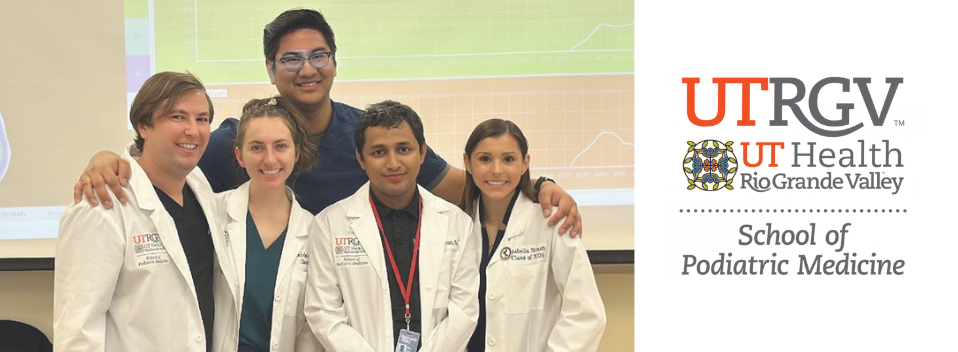
School of Podiatric Medicine Publications and Presentations
Foot Abscesses With No Accompanying Wound: Clinical Presentation and Pathogens
Document Type
Article
Publication Date
7-2023
Abstract
Introduction. Acute bacterial infections of the skin and soft tissue are common and often pose serious complications, most commonly caused by Streptococcus species and Staphylococcus aureus.
Objective. The authors report clinical presentation and pathogens in patients with a foot abscess and no wound.
Methods. The authors retrospectively evaluated the demographics, clinical presentation, and microbiology from 20 patient records.
Results. Twenty patients were identified. Fifteen were male (75%), and 10 patients (50%) had DM. Patients presented to the hospital 7.8 ± 4.8 days after onset of symptoms and underwent surgery 2.0 ± 0.9 days from admission. Patients underwent 2.4 ± 1.0 surgeries while admitted. Patients with DM presented with significantly higher erythrocyte sedimentation rate than patients without DM (66.6 ± 46.1 vs 43.3 ± 26.2; P = .02). There were no polymicrobial infections based on deep intraoperative tissue cultures. Seven patients had methicillin-sensitive S aureus (35%), 4 had Streptococcus agalactiae (20%), 3 had methicillin-resistant S aureus (15%), 1 had Streptococcus pyogenes (5%), 1 had Escherichia coli (5%), 1 had Streptococcus dysgalactiae (5%), 1 had an unidentified Streptococcus species (5%), and 2 had no growth (10%).
Conclusion. Patients with foot abscess and no wounds had single-pathogen infections, predominantly Staphylococcus and Streptococcus.
Recommended Citation
Killeen, A. L., Grigoropoulos, K., Suludere, M., Crisologo, P. A., & Lavery, L. A. (2023). Foot abscesses with no accompanying wound: clinical presentation and pathogens. Wounds : a compendium of clinical research and practice, 35(7), E236–E239. https://doi.org/10.25270/wnds/23025
Publication Title
Wounds : a compendium of clinical research and practice
Academic Level
faculty
DOI
https://doi.org/10.25270/wnds/23025


Comments
Copyright HMP Communications.